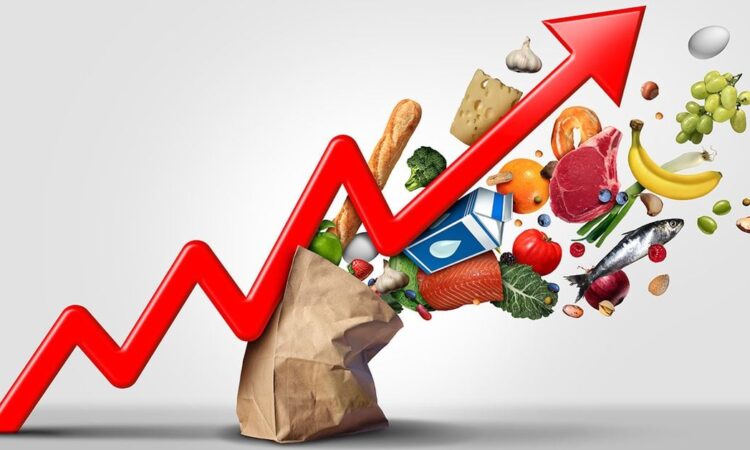
The monthly pace of inflation in the U.S. eased a hair in April, according to the government’s Consumer Price Index (CPI), rising 0.3% versus 0.4% in March and economist forecasts for 0.4%.
The rest of the report also showed small declines that were inline with expectations. On a year-over-year basis, CPI was higher by 3.4% versus estimates for 3.4% and 3.5% in March. Core CPI – which excludes food and energy costs – rose 0.3% in April against estimates for 0.3% and 0.4% in March; on a year-over-year basis, core CPI was higher by 3.6% versus forecasts for 3.6% and March’s 3.8%.
The price of bitcoin (BTC) jumped more than 1% in the minutes following the Wednesday morning report, rising to $63,700. With the spot ETF catalyst sidelined for the past few weeks as inflows have slowed or even reversed, bitcoin’s price has been under pressure on the idea that interest rates were going to stay higher for longer.
The consistent slide in inflation in 2023 had most, including the U.S. Federal Reserve, coming into 2024 expecting appreciably easier monetary policy throughout the year. Instead, inflation has actual risen a bit thus far this year. Along with an economy that continues to grow, it’s put the kibosh on the thought of any imminent central bank rate cuts. Coming into Wednesday’s CPI report, the odds of a summer rate cut by the Fed were low and traders had priced in just a 50% chance of move in September, according to the CME FedWatch Tool.
Coming at the same time as the inflation numbers was retail sales data for April showing a flat reading versus forecasts for a rise of 0.4% and March’s 0.6%. Retail sales ex-autos rose 0.2 in April, in line with expectations, but down from 0.9% in March.
A check of traditional markets finds a positive reaction to the soft inflation and economic data, with S&P 500 futures rising 0.5% and the 10-year Treasury yield sliding seven basis points to 4.37%. The U.S. dollar index has dropped 0.5% and gold has added 0.7%.






